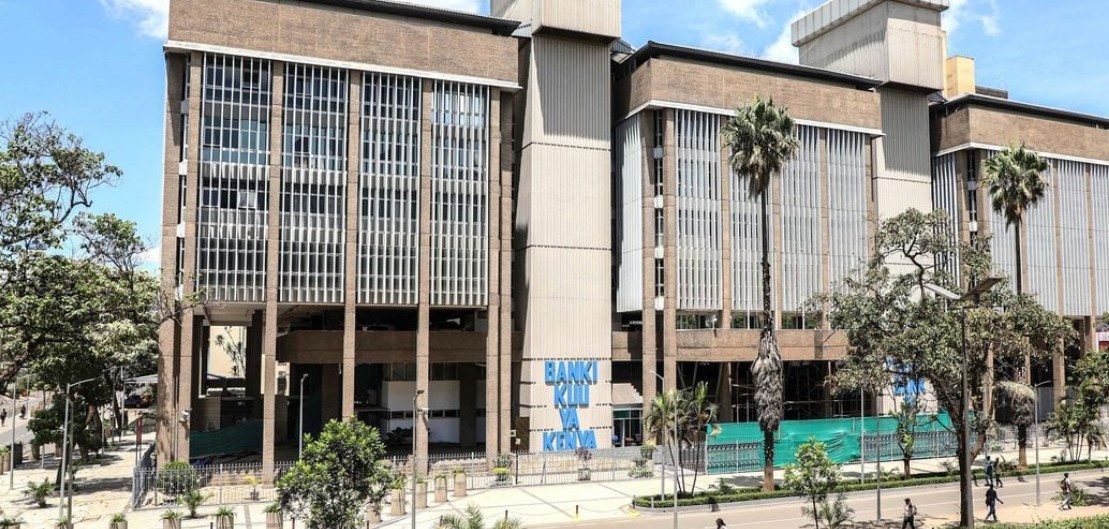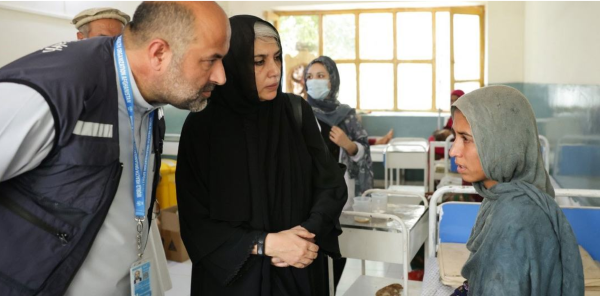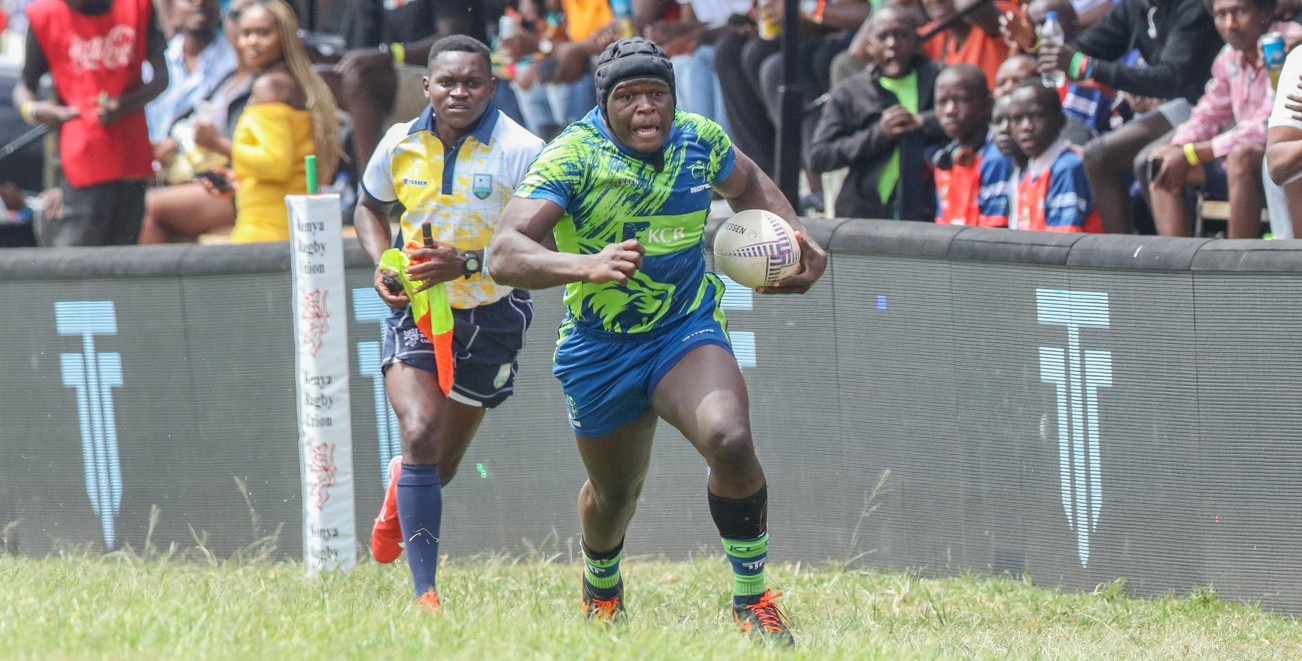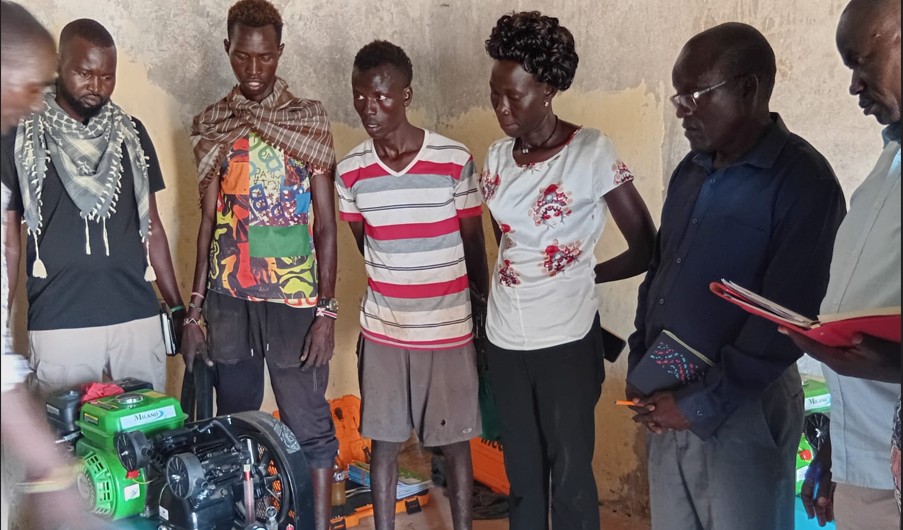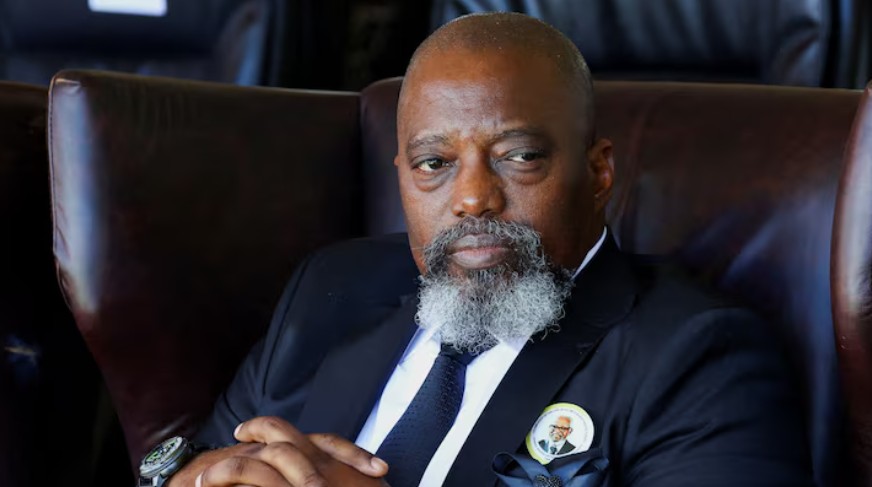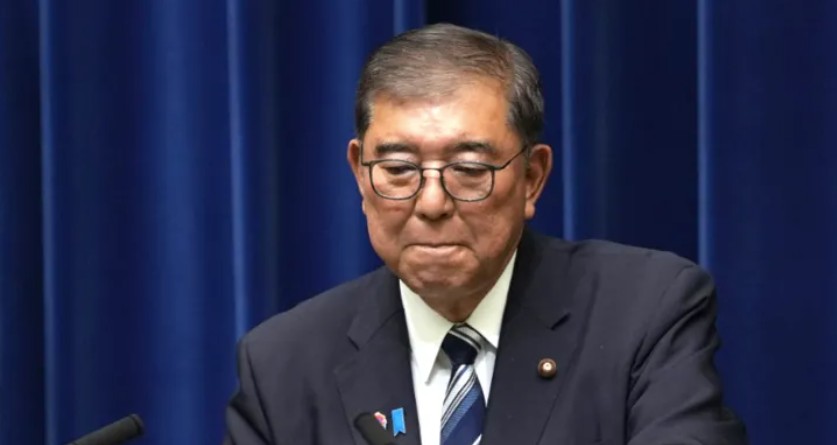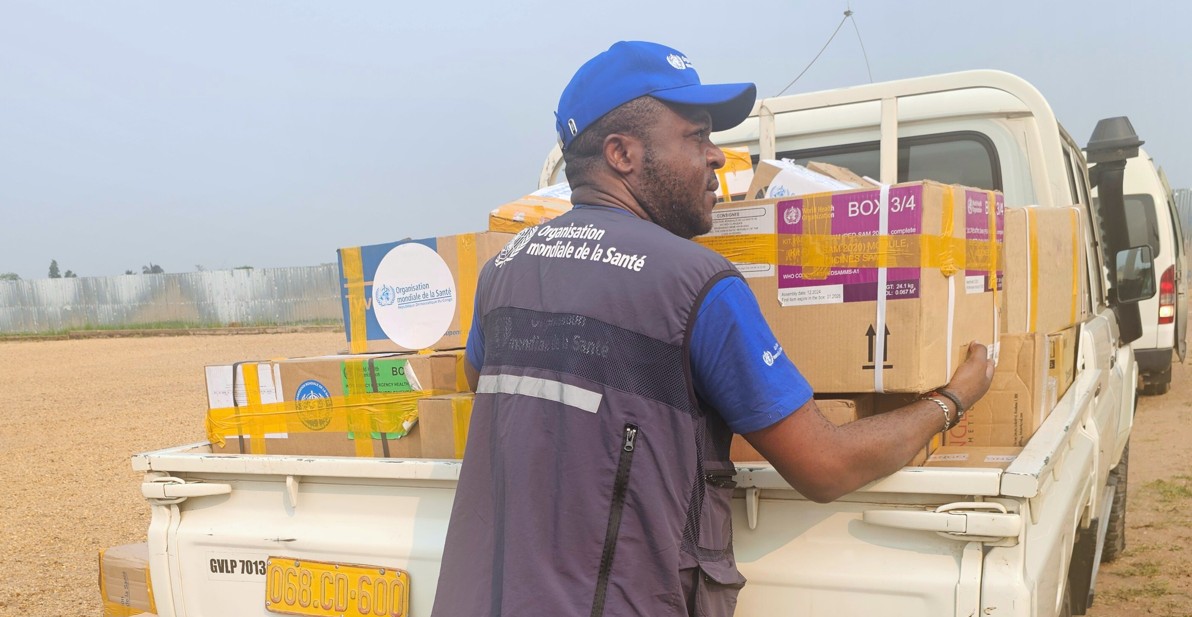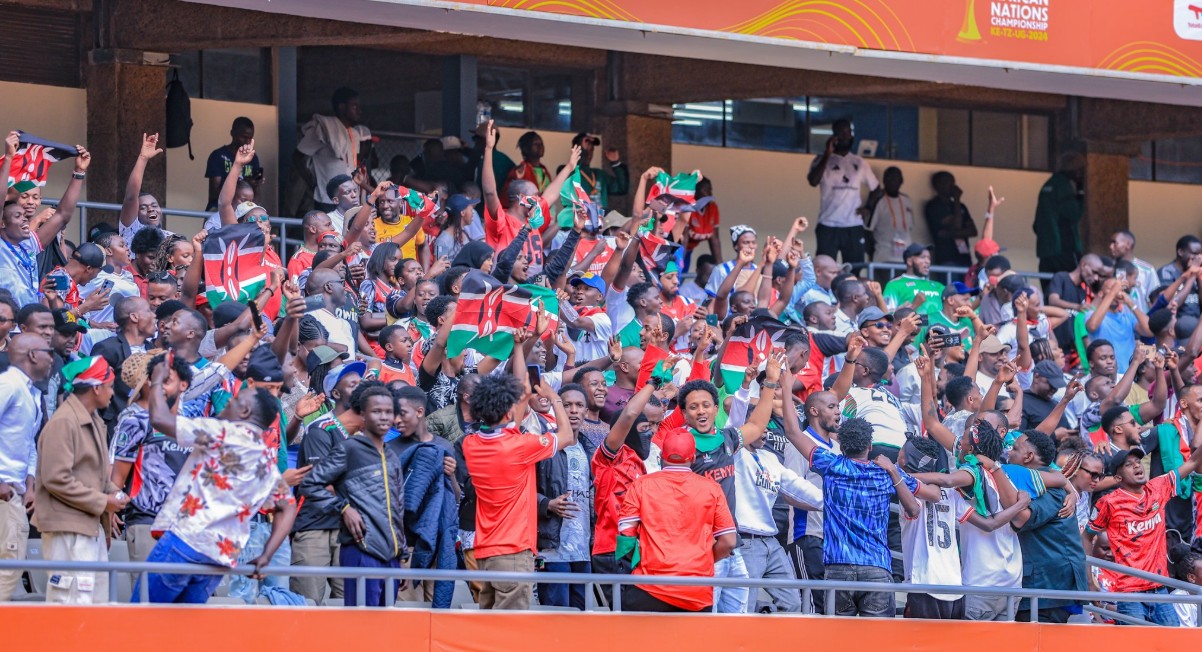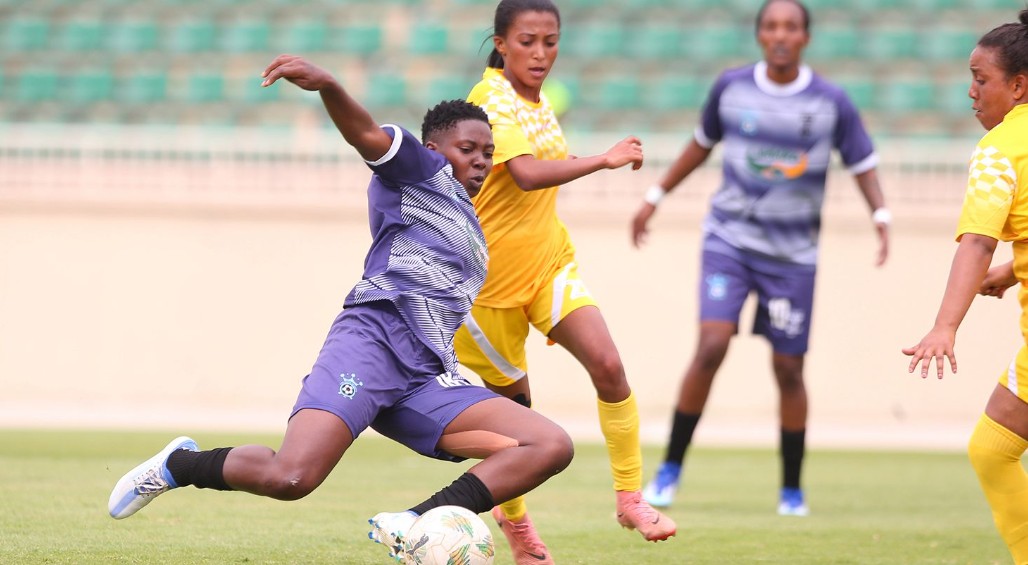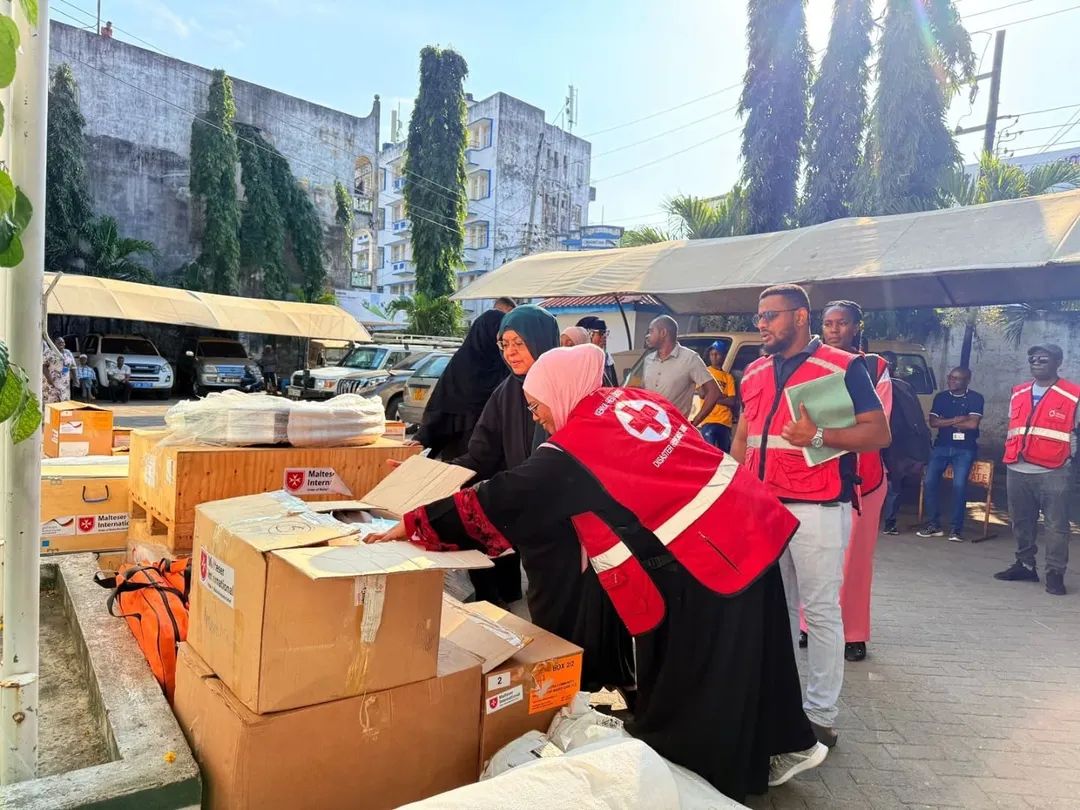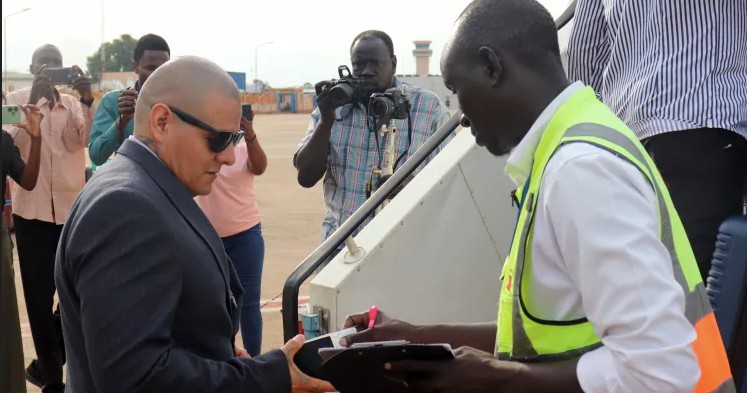In Mozambique’s Cabo Delgado, extraction and insurgency without end
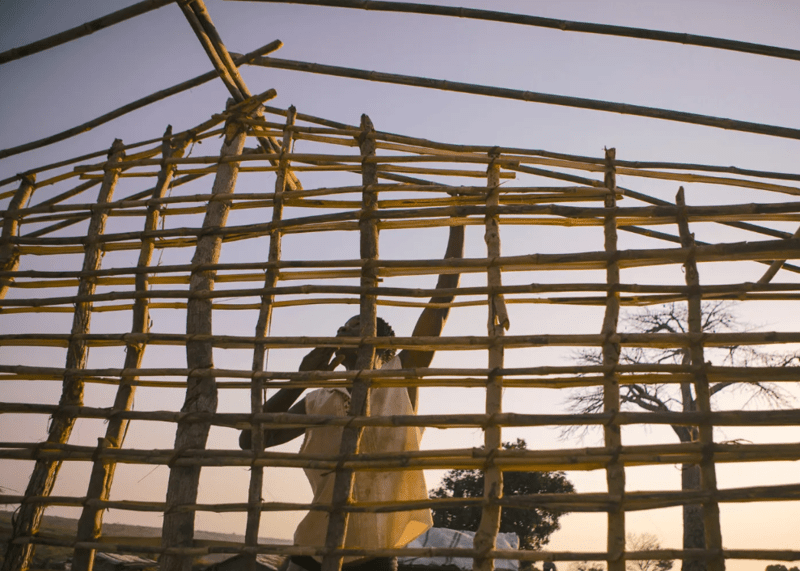
‘If this war could have an end, I would go back and restart my life there with my children.’
By Kang-Chun Cheng
Mozambicans go to the polls on Thursday in presidential and legislative elections that are almost certain to extend the ruling Frelimo party’s half-century in power, despite its inability to end a long-running Islamist insurgency in the northern province of Cabo Delgado.
More To Read
- Rwanda extends military mandate in Mozambique's troubled north
- Africa’s push for HIV independence advances with first procurement of locally made medicines
- Violence in Mozambique’s Cabo Delgado cripples access to healthcare, MSF warns
- Samora Machel’s vision for Mozambique didn’t survive: What has taken its place?
- Mozambique after 50 years of independence: What’s there to celebrate?
- Mozambique child abductions surge: HRW blames ISIS-linked militants in Cabo Delgado
The extreme violence of the so-called Islamic State in Mozambique, known locally as al-Shabab, has forced roughly a million people from their homes, killed an estimated 4,000 civilians, and stunted economic growth in a gas and resource-rich province.
Borges Nhamirre, a researcher with the Institute for Security Studies (ISS), believes the likely election victory of Daniel Chapo, the Frelimo presidential candidate, will bring little change to the near-term trajectory of the crisis.
Chapo, 47, the governor of the southern province of Inhambane, represents a new generation of leaders but has no national-level government experience.
“The new president will say something like, ‘I’m still trying to understand what’s going on in Cabo Delgado’,” Nhamirre told The New Humanitarian. “It’s all going to take a backseat for at least the first 2-3 years the new president is in office.”
That could prove disastrous for Rita Simao, one of the more than 580,000 people still displaced by the seven-year conflict. She struggles with extreme poverty in the Ngalane relocation camp, 50 kilometres north of the provincial capital, Pemba.
Displaced and desperate
For the past four years, Simao and her five grown-up children – plus two grandchildren – have lived in a bare single-room hut in Ngalane. They, like the roughly 4,000 other people in the camp, had fled their homes in Quissanga district, further up the coast.
Conditions are harsh. When the family first arrived in Ngalane, the UN’s agency for migration, IOM, provided a tarp and not much else. “You won’t believe how it is that we live,” Simao told The New Humanitarian. “We don’t even have a mat to sleep on, just bare sand.”
The last time Simao received any food aid was in 2021, the same year that her husband passed away – she thinks from the stress of their conditions.
According to the UN’s refugee agency, UNHCR, only 30-40% of displaced people are receiving basic humanitarian assistance in dozens of camps in Cabo Delgado. Funding shortfalls means the UN’s World Food Programme has also been forced to slash the rations to those that it does reach, with the caloric level of the aid well below people’s daily nutritional needs.
Simao used to be a farmer, but there is no spare land for her to cultivate in Ngalane, and the generosity of the host villagers has also worn thin.
Like everyone else in Cabo Delgado, they are struggling with the effects of last year’s withering drought that slashed harvests. As a result, over 879,000 people are facing “crisis” or “emergency” levels of food insecurity across the region.
But despite the needs, foreign aid for Mozambique has plateaued, and the country’s overall $413 million humanitarian response plan is only 37% funded.
“The issue of funds being smaller than the needs on the ground is a real challenge,” said Mauro Manhica, a communications officer with Plan International, a relief NGO that supports displaced people in Cabo Delgado. “[It] affects project implementation.”
Nhamirre is deeply critical of what he sees as a lacklustre government response to the humanitarian needs of its citizens. With more than two thirds of internally displaced persons (IDPs) living in the community rather than the poorly serviced government-run centres, it is the response of local people that has been key, he said.
“IDPs are forced to find accommodations with relatives and friends, and people of goodwill. But the hosts are already poor,” noted Nhamire. “All the burden of IDP has been transferred from government responsibility to just normal people.”
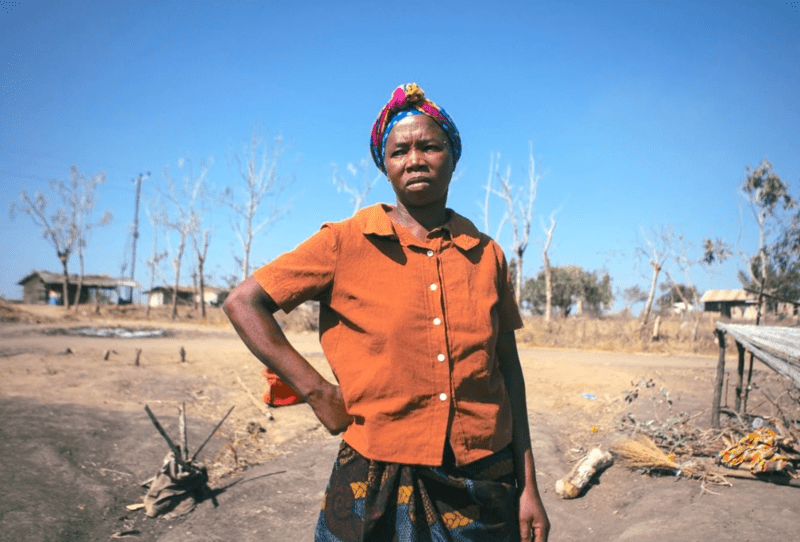 Rita Simao in Ngalane displacement camp. She just wants the war to end so she can go home to her farm in Quissanga district. (TNH)
Rita Simao in Ngalane displacement camp. She just wants the war to end so she can go home to her farm in Quissanga district. (TNH)
Simao used to grow cassava, maize, bananas, and sweet potatoes on her four-hectare farm in her village of Namalukat. But her life was upended in 2018 when the jihadists – dressed in an assortment of military uniforms and civilian clothes – attacked in broad daylight, killing indiscriminately, and beheading some of the people they caught. Simao hid in the bush with her family for a week until they felt it was safe to return.
But two years later, al-Shabab struck again – this time even more violently. Simao abandoned her home and moved north to Macomia, where the family was taken in by a host household. But Macomia wasn’t secure either. A few months later it was also attacked – houses, shops, schools, religious and government buildings, and its sole medical centre were all torched.
Simao and her family turned south for Pemba, but without relatives or the chance of work, the cost of living was far too expensive to stay, and they finally settled in Ngalane camp.
Foreign military intervention
By 2020, areas of the north were slipping from the government’s control. Al-Shabab had captured the port city Mocimboa da Praia, and in 2021 attacked Palma, the centre of TotalEnergies’ planned $20 billion liquefied natural gas (LNG) project on the Afungi peninsula.
That July, President Filipe Nyusi struck a deal with Rwanda to deploy its battle-hardened troops to secure the peninsula.
Kigali’s intervention was followed by a slower deployment of troops from the Southern African Development Community, who were intended to secure the rest of Cabo Delgado. But the mission, known as SANIM, never reached its full planned size, and suffered from a lack of coordination with the Rwandans and tensions with the Mozambican government. SANIM finally withdrew its forces this July.
Nevertheless, both interventions have had an impact. In 2021, at the height of the insurgency, al-Shabab numbered an estimated 2,500 fighters. Last year, the Armed Conflict Location & Event Data (ACLED) project said that only around 300 active fighters remained, operating in small, mobile units.
Rwanda’s forces, in particular, have earned a reputation for efficiency and skills that Mozambique’s small and ill-trained military lacks. "Rwandans have become a parallel authority in Cabo Delgado,” said Peter Bofin, a senior researcher at ACLED. “Civilians who have problems go straight to Rwandans rather than Mozambican police or army."
Chapo visited Rwanda in June, and clearly regards Rwanda’s continued military intervention – funded by the EU – as key to restarting TotalEnergies’ paused project, and to a separate LNG investment decision by ExxonMobil that is expected by the end of 2025.
The priority is securing the Afungi peninsula for a government that aims to be a major gas exporter. But “by only protecting natural resources, not the people, you create a sort of ‘green zone’ around the natural resources,” said Nhamirre. “How do you think that makes civilians feel?”
The improved security around Mocímboa da Praia and Palma created the conditions for people to return to their homes – heavily encouraged by the government. The IOM estimates that over 600,000 displaced people have gone back, but the conditions they face are extremely difficult.
Mocímboa da Praia was wrecked by al-Shabab during its occupation, and IOM notes that returnees require “significant protection and humanitarian assistance” to rebuild their lives – which has so far not been forthcoming.
There are shortages of food, shelter, and basic services, and al-Shabab remains a threat. That prevents people from cultivating any distance from their homes, and also limits the presence of the aid agencies to help with relief and rehabilitation.
Nhamirre believes the government has deliberately understated the risks to create the impression of stability; and – rather than persuading them – it is pressurising IDPs to return.
“Some local authorities are telling IDPs they have to return or will be expelled,” he said. “You have district government authorities writing to teachers and nurses, forcing them to return or else threatening to cut their salaries.”
None of Simao’s sons – the oldest is aged 22 – have been able to find work. She makes a little bit of money frying pancakes, but it’s hardly enough. Three years ago, hungry and homesick, she and a few friends returned to their farms, but it ended in disaster.
“We went back to Namaluka to harvest. My friend was caught and beheaded. I was captured with some others – I considered myself dead,” recalled Simao, tears rolling down her cheeks. “I asked them why they’re doing this. They said, ‘If you ask us any questions, we’ll kill you.’”
After three days, the militants let her go and told her to leave Quissanga. To this day, she has no idea why they captured her, or released her alive.
There has been an uptick in al-Shabab violence this year, with fresh flows of IDPs to the safer areas of Cabo Delgado. The insurgents are also believed to be growing in number. “[Al-Shabab] is very unpredictable,” said Plan International's Manhica. “Over a short period, a district can go from being relatively safe to highly unsafe.”
A stubborn insurgency
Mozambique’s insurgency began in October 2017, but its origins are older. It grew out of anger over state corruption and opposition to establishment Islam – seen as in the pocket of Frelimo.
Radical preachers extolled hardline sharia and, alongside a flurry of mosque building, found support among jihadist networks further up the East African coast, especially in Tanzania and Kenya.
What at the time was known as Ahlu Sunna Waljama (ASWJ), before it evolved into an IS affiliate, fed on resentment over the region’s poverty. Cabo Delgado is a resource treasure trove, boasting Africa’s largest gas reserve, some of the world’s biggest ruby deposits, and graphite mines that Tesla has been sourcing from since 2021.
But local communities – especially the majority Muslim Mwani and Makua – have largely been excluded from economic opportunities, a marginalisation symbolised by the LNG project. It was seen by many locals as enriching Maputo’s historically southern-based political elite, a point made by al-Shabab in its propaganda messaging.
“The government could have decided to extract less, limit the power of political elites and focus on the needs of the people – creating a viable development path,” said Daniel Ribeiro, founding member of Justica Ambiental, the Mozambican chapter of Friends of the Earth.
“But they chose to militarise the situation, and focus on raw extractivism and short-term gains rather than addressing more complex developmental root causes,” he told The New Humanitarian.
Simao, meanwhile, just wants the war to end, to try and rebuild a life away from the grinding poverty of Ngalane. “‘I trust my hands,” she said. “If this war could have an end, I would go back and restart my life there with my children.”
This story was originally published by The New Humanitarian. The New Humanitarian puts quality, independent journalism at the service of the millions of people affected by humanitarian crises around the world. Find out more at www.thenewhumanitarian.org."
Top Stories Today
